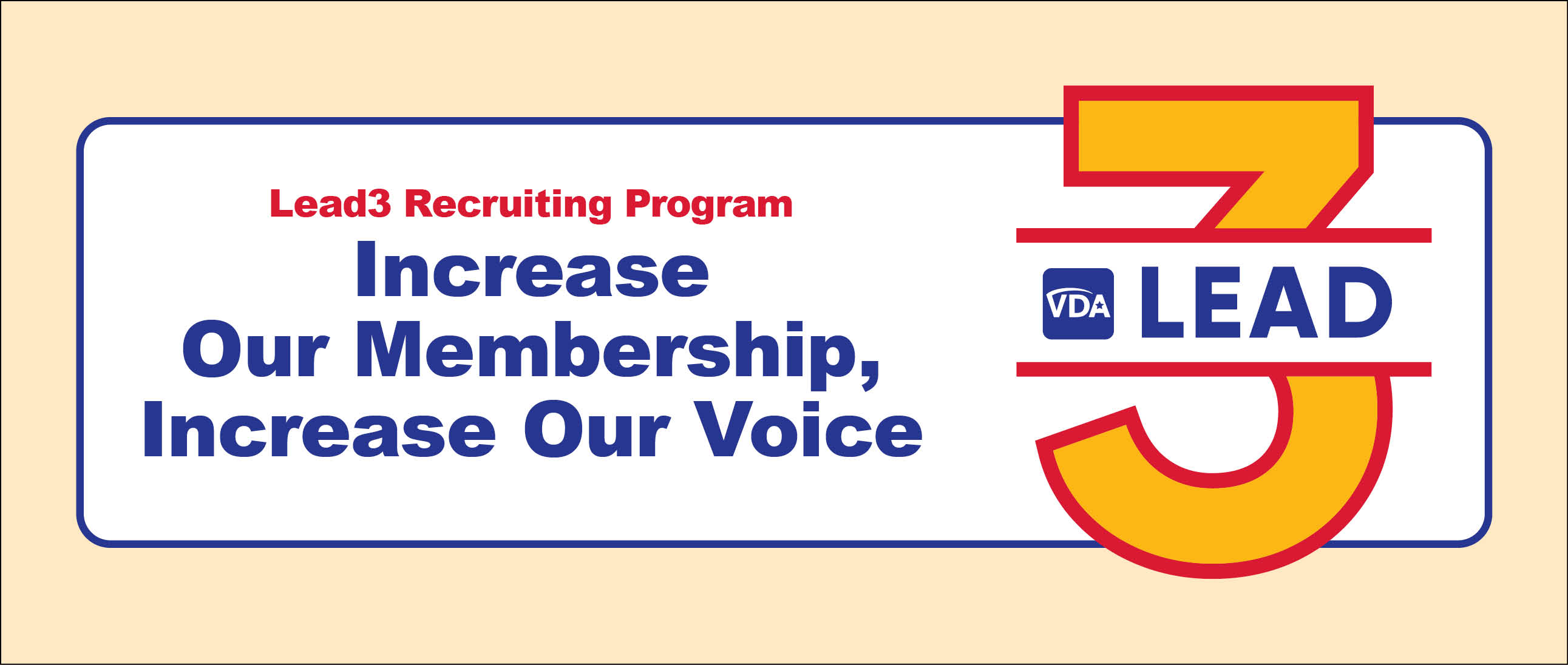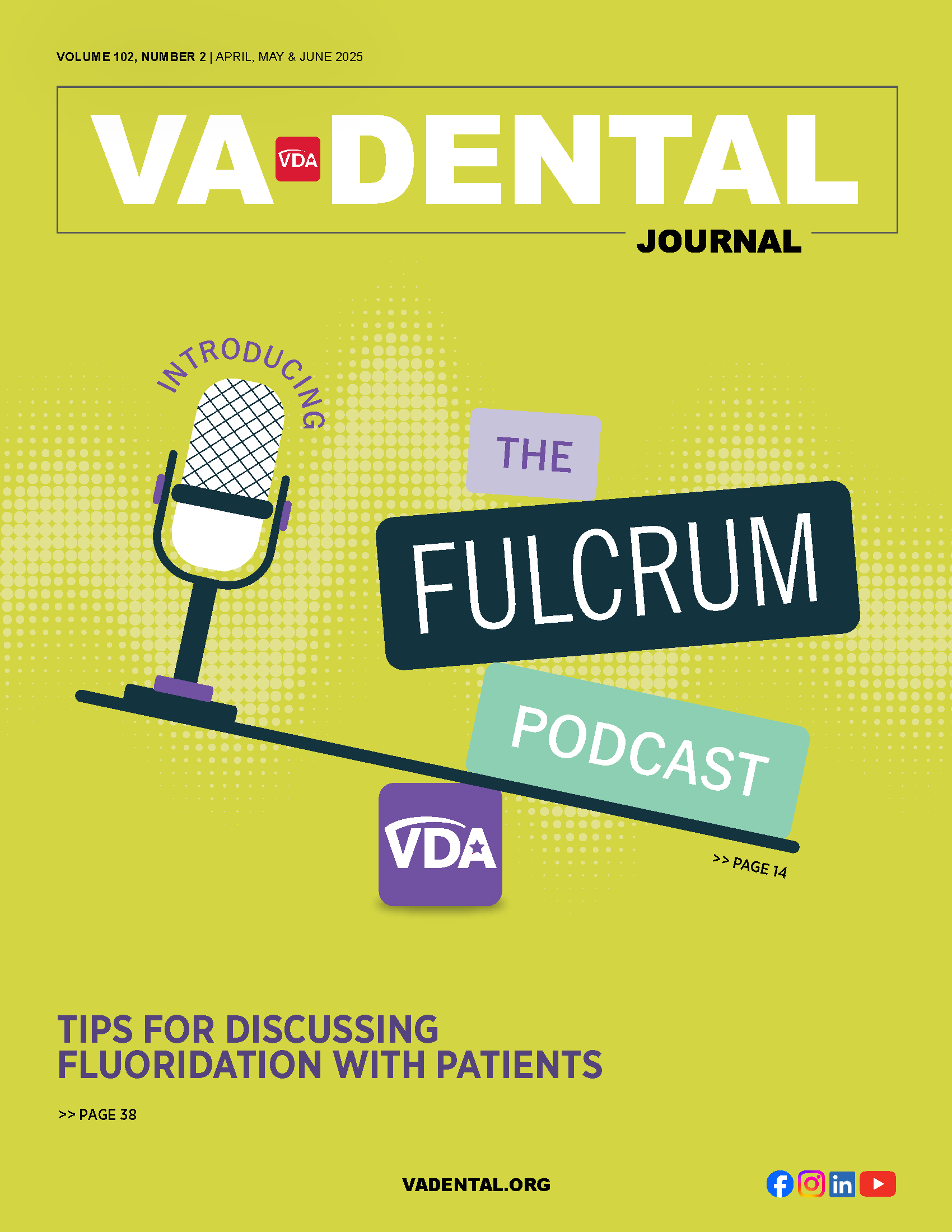
Using thyroid collars during radiographic exams no longer recommended by ADA – What does Virginia law say?
In recommendations published online Feb. 1 by The Journal of the American Dental Association, the ADA no longer recommends the use of thyroid collars during radiographic exams.
Medical physicists with the U.S. Food and Drug Administration supported the development of the recommendations, which are also aligned with recent guidance from the American Academy of Oral and Maxillofacial Radiology. The recommendations are the first on dental imaging safety and radiation protection from the council since 2012.
The recommendations — which apply to all patients, regardless of age or health status, such as pregnancy — also advise dentists to safeguard patients against unnecessary radiation exposure by:
- Ordering radiographs to optimize diagnostic information and enhance patient care outcomes and making every effort to use images acquired at previous dental exams.
- Using digital instead of conventional radiographic film for imaging.
- Restricting the beam size during a radiography exam to the area that needs to be assessed.
- Properly positioning patients so the best image can be taken.
- Incorporating CBCT only when lower-exposure options will not provide the necessary diagnostic information.
- Adhering to all applicable federal, state and local regulations on radiation safety.
What do Virginia laws and regulations say about radiation safety?
The Director of the X-Ray Program at the VDH Office of Radiologic Health noted Virginia has administrative requirements that gonad shielding of not less than 0.5 mm lead equivalent material shall be used for human patients, who have not passed the reproductive age, during radiographic procedures in which the gonads are in the useful beam, except for cases in which this would interfere with the diagnostic procedure.
The dentist may determine if the patient's gonads are in the useful beam of the x-rays being conducted.
The Director also noted that operators of handhelds must wear a lead apron.
Virginia administrative code 12VAC5-481-1653, effective since 2015, governs the use of hand-held radiographic units.
Virginia administrative code 12VAC5-481-1591, effective since 2015, governs general and administrative requirements for radiation safety.
The ADA noted on February 1:
Evidence indicates modern digital radiography equipment and restricting the beam size only to the area that needs to be imaged better protect patients against radiation exposure to other parts of their body. Lead aprons and thyroid collars can also block the primary X-ray beam, preventing dentists from capturing the image they need.
“When this happens, more radiographs need to be taken, and unnecessary X-rays are what we want to avoid,” said Purnima Kumar, D.D.S., Ph.D., professor of dentistry and chair of the department of periodontology and oral medicine at the University of Michigan School of Dentistry and chair of the ADA Council on Scientific Affairs. “The central point of these recommendations is that clinicians should order radiographs in moderation to minimize both patients’ and dental professionals’ exposure to ionizing radiation.”
This information is provided as an educational reference for VDA member dentists and is not legal advice.







